The world drowns in plastic. You most probably already heard about the fact that our oceans are filled with plastic. Every year about 8 million tons of plastic end up in our oceans and experts believe there are more than 140 million tons of plastic in the oceans already.
Plastic drifts on the surface for an uncertain time and gets broken down by sun and water movement eventually. Sadly, this does not mean, that it fully dissolves as that would take a couple hundred till thousands of years. It only breaks up in small pieces called micro plastic (< 5 millimetres) and sinks to the ground. Experts assume that about 92 % of plastic in the ocean is micro plastic.
This kind of plastic is the most dangerous, as water organisms confuse it with their food. And for us it most likely has a major impact as well. The particles are so small and widely spread throughout our oceans, that there is no possibility yet to collect them.
HOW DOES PLASTIC GET INTO THE OCEAN?
- Lack of education:
Especially in emerging countries, like in South East Asia, a lot of trash ends up in the ocean. A lack of education and an underfunded litter system are a huge problem there. The trash gets dumped without being recycled. “Out of sight, out of mind” is the motto. Often the trash gets dumped right into a river or is taken by wind or rain. This leads to a plastic flood which pours into our oceans. - Industry:
Although we have a much better litter system in Europe than in most Asian or African countries, we must think about the fact, that 150.000 tons of plastic from Europe are exported to those countries every month. It seems that the trash is recycled in Europe, but in a country with a poor litter system it is more likely that the plastic ends up in the ocean. - Everyday life:
Nobody is innocent when it comes to the problem with plastic. Although we live in countries where we take care of our trash much more, most people are not aware of how much plastic they use daily and pass into the sewage. Diverse cosmetics contain for the eye invisible plastic fragments, that are led unfiltered over our sink into the ocean.
Our washing machine produces with every wash cycle thousands of these plastic particles, because a huge part of our clothes is made from polyester, fleece or other synthetic fiber materials. On top of that we spread tons of micro plastic in our environment through tyre wear particles and fine dust in our cities. - Boats:
The disposal of plastic into the oceans is forbidden. Nevertheless, many ships still dump a lot of their waste in the ocean. Even if it is not on purpose, many cargo boats loose parts of their freight, which then sink to the ground. - Fishing:
The over-fishing of the oceans has an impact in form of a higher amount of plastic in the ocean as well. Frequently big and small sea dwellers are washed up on beaches because they e.g. got caught in fishing nets and suffered to death. Nets and other fishing equipment are purposely dumped into the ocean or get accidently lost.
THE CONSEQUENCES FOR ANIMALS AND HUMAN
In 2018 British researchers investigated the stomach and gut of 100 stranded marine turtles and found plastic particles in every single one of them.
Roughly 700 of the marine animals are endangered by the plastic flood. The worst is, that these organisms confuse the plastic with their food. A single plastic bag could be a safe death for a turtle because it reminds the turtle of a jelly fish, which it usually loves snacking from.
When big pieces of plastic become smaller, algae start growing on them. Then those particles have a similar scent to the food of many marine animals, and they will feed on plastic.
Although their stomachs feel full, they still starve as they do not get any nutrients from the plastic. In addition, they not only take up plastic, but also the dangerous chemicals which eventually end up on our own plates.
It is still unsure, what kind of effect micro plastic has on marine organisms, but there are several research projects going on.
For us humans the consequences from micro plastic in our bodies are not resolved either. Cancerogenic and mutagenic substances, that plastic is made of like plasticizer, flame retardants or UV-filters can contaminate the products we eat and therefore be released into our bodies.

AVOIDING OF PLASTIC WASTE AND LESS PLASTIC IN THE OCEAN
It is ridiculous to believe, that one single person could solve this dilemma. To be angry about the situation is easy, but it is much more helpful to actually do something about it. If everyone gets into this topic, people are educated and the plastic would be recycled properly worldwide, we have a chance to make up for our mistakes.
How can we reduce plastic in everyday life?
First of all, you should think about the fact, that the most sustainable product the one is you do not buy. Because of that, it is important to think about whether you really need a product before you buy it. We have a huge impact on the future economy through our purchasing behaviour. It is not for nothing, that there are multiple sustainable alternatives to most products on the market, because the demand for sustainable products by us was this high.
We collected some tips, that might help you to reduce plastic in your everyday life and save the oceans at the same time.
- Replace single use plastic:
You should know by now, that single use plastic bags or plastic straws are not cool. Same for plastic dishes or cutlery, which are discarded after using it once. Instead try to use reusable alternatives made from glass, bamboo or metal and use cloth bags for shopping. - Zero Waste Stores:
In grocery stores we are usually forced to buy food wrapped in plastic. Inform yourself about zero waste stores near you. There you can bring your own packing to buy and store your products in. If there is not such a shop near you yet, try to visit fresh markets once a week. Additionally there a many zero waste online-stores with plastic free products (ZeroWasteStore, The Globe Foundation, etc.). - “To Stay” instead of “To Go”:
Everything we order is “To Go”. Whether food or drinks – we like to have it on the run or at home, because we are lacking the time to take some time. We are blind for how much waste we produce through a quick coffee to go or a snack on the hand. Instead, try to stay in and enjoy your meal being served for you. Alternatively, you are always free to bring your own box or reusable cup to restaurants and cafes, so you do not produce additional waste. Usually you are even rewarded with a discount. - Cosmetics and clothes
As we mentioned before, a lot of micro plastic gets into the sewage through our cosmetic products and our laundry. To counteract this trend, you should be informed about the ingredients of the products you are using or buying. Try to find alternative products without plastic. Obviously, you do not have to throw out all your clothes. It is much more about being aware of what you are buying and making conscious decisions (maybe visit a second-hand shop instead of buying new). - Collect trash:
Every piece of plastic that is collected, cannot end up in the stomach of an animal. Therefore, it is important that we all fight against this pollution. It does not matter whether you are at the beach, in the forest or the city, you can help everywhere! - Donate and inform:
There are several projects that made it their task to clean the oceans from plastic. You can donate these causes to have a real impact on their work (The Ocean Cleanup, Seven Clean Seas, 4Ocean, etc.). Inform yourself and others around you, how everyone can make their life more sustainable.
A lot must happen in our world to end the plastic flood so our oceans can breathe again. Mahatma Ghandi said: “Be the change you wish to see in the world.” Every single one of us can change this world for the better.
We are eager to know your thoughts on this topic! Did you already reduce your plastic waste, or would you like to learn more about it in the future? How does it impact your everyday life when you pay more attention to buy sustainable products?
How long does plastic stay in the ocean?
Plastic does not dissolve like most materials in water. A plastic bag takes about 20 years to dissolve, a PET plastic bottle on the other hand takes approximately 450 year. Because the first PET bottle was produced in the 1960s there are no exact data on it.
Who dumps plastic in the ocean?
Plastic is especially discarded by cargo ships or fishing boats into the sea. In many emerging countries the trash including plastic is lead into oceans as well. Even in Europe micro plastic gets into the sewage through cosmetics or laundry and ends up in the ocean.
Every year about 4,8 – 12,7 tons of plastic get into the ocean.
Every year about 135.000 marine animals and one million marine birds die through plastic.
Most of the plastic that got into the ocean comes from the land. Either the waste is directly dumped into the ocean or rain and storms lead it through rivers into the sea.

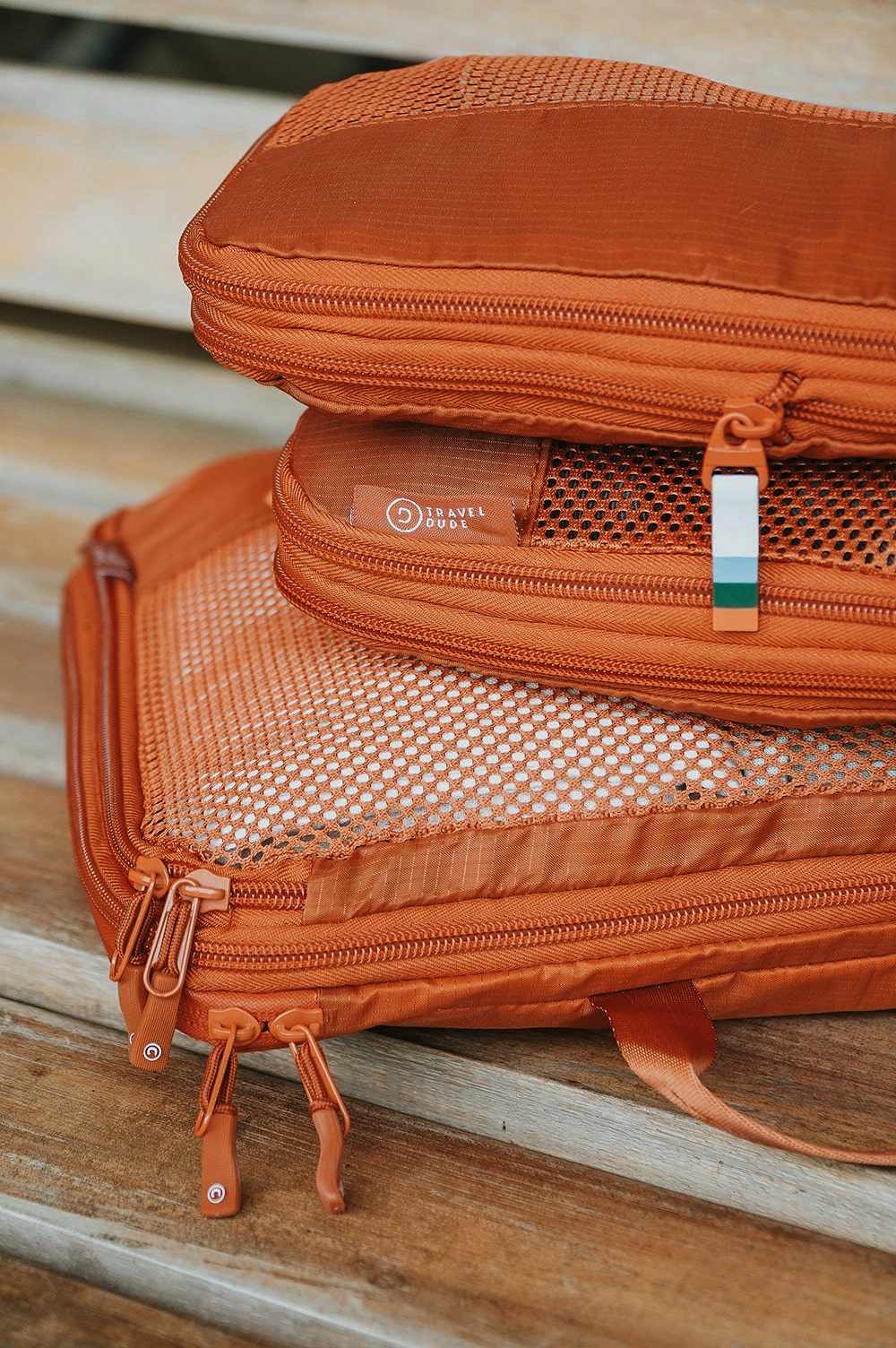
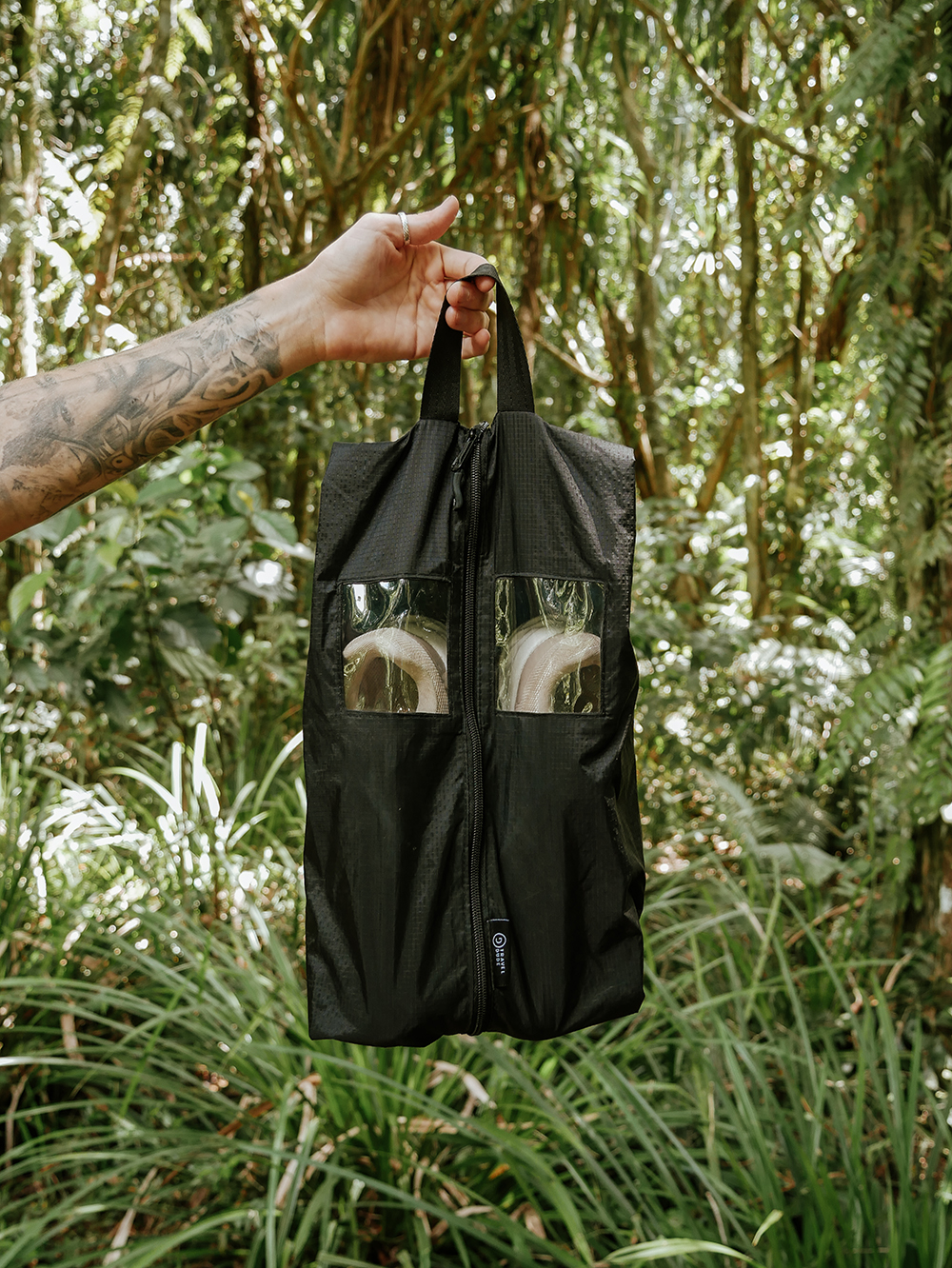

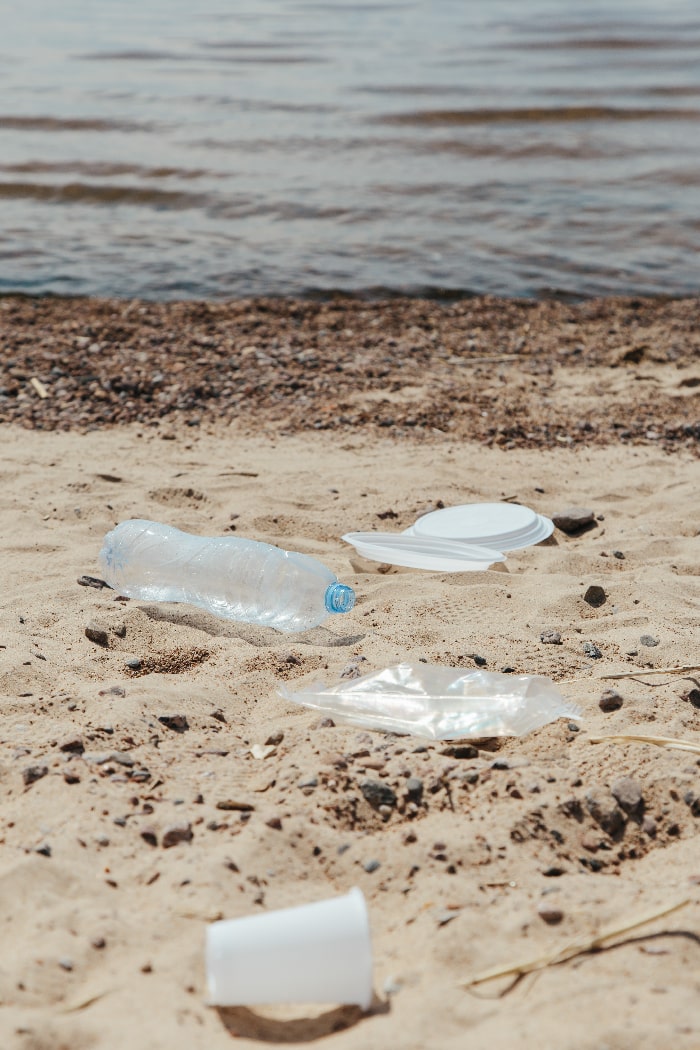
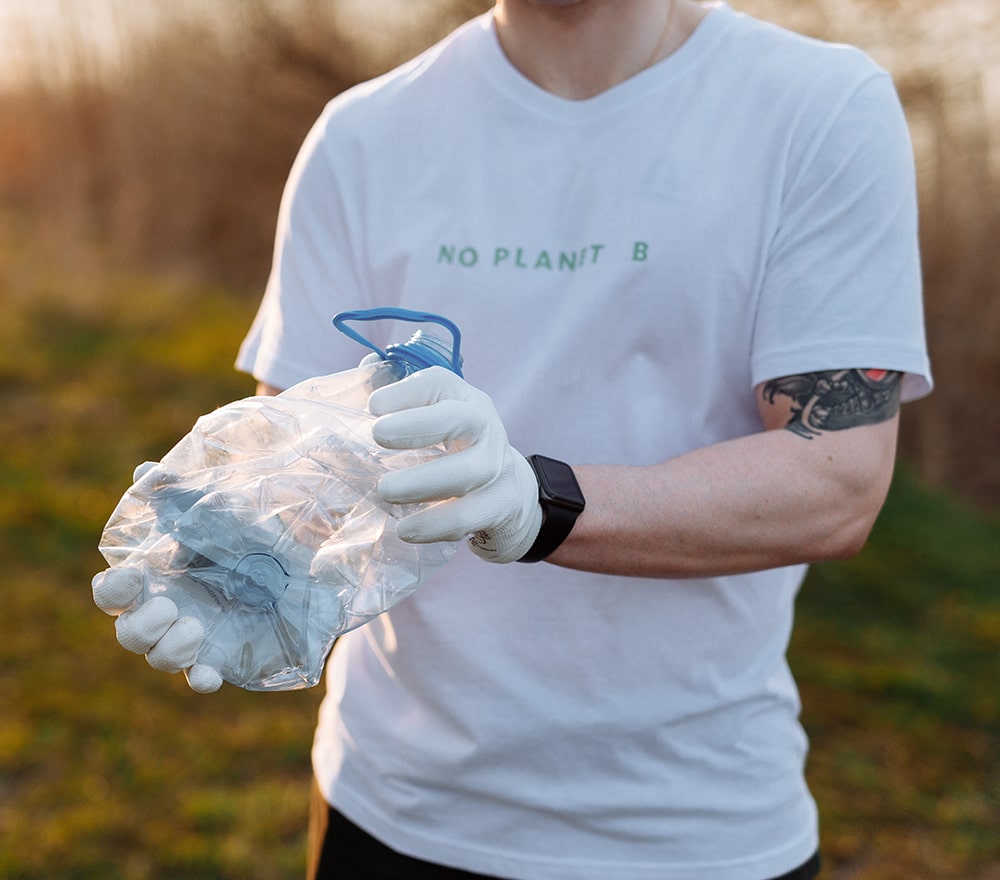
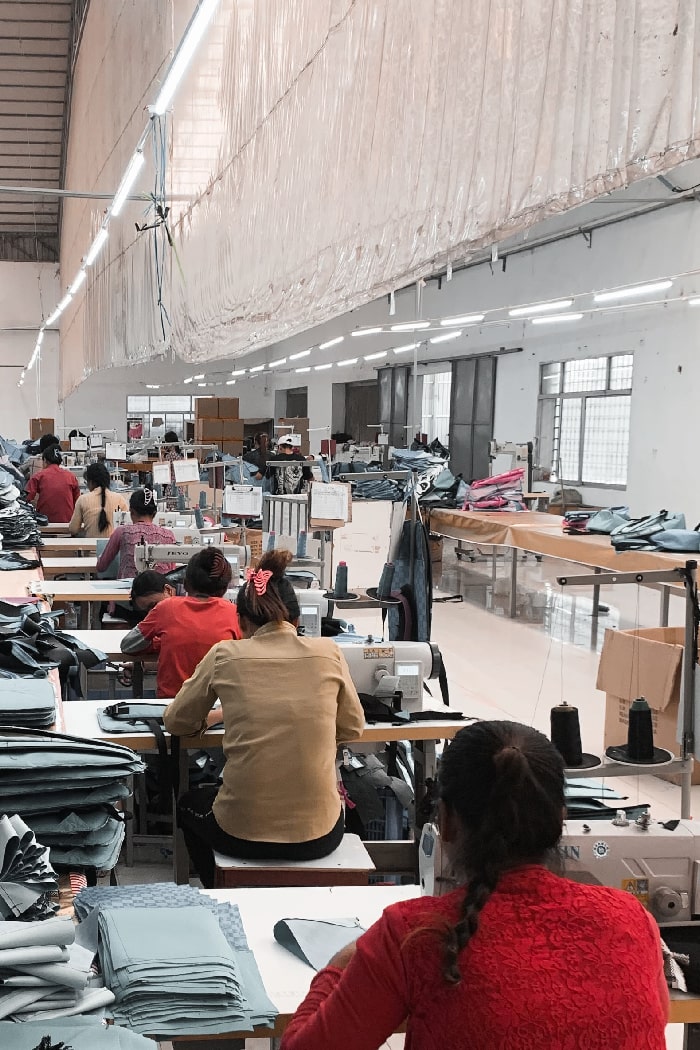




Let us help you travel even better
Download our
Ultimate Travel Packing List
Thank you!
Your packing list is on the way to your inbox.
By signing up, you‘re subscribing to our newsletter.